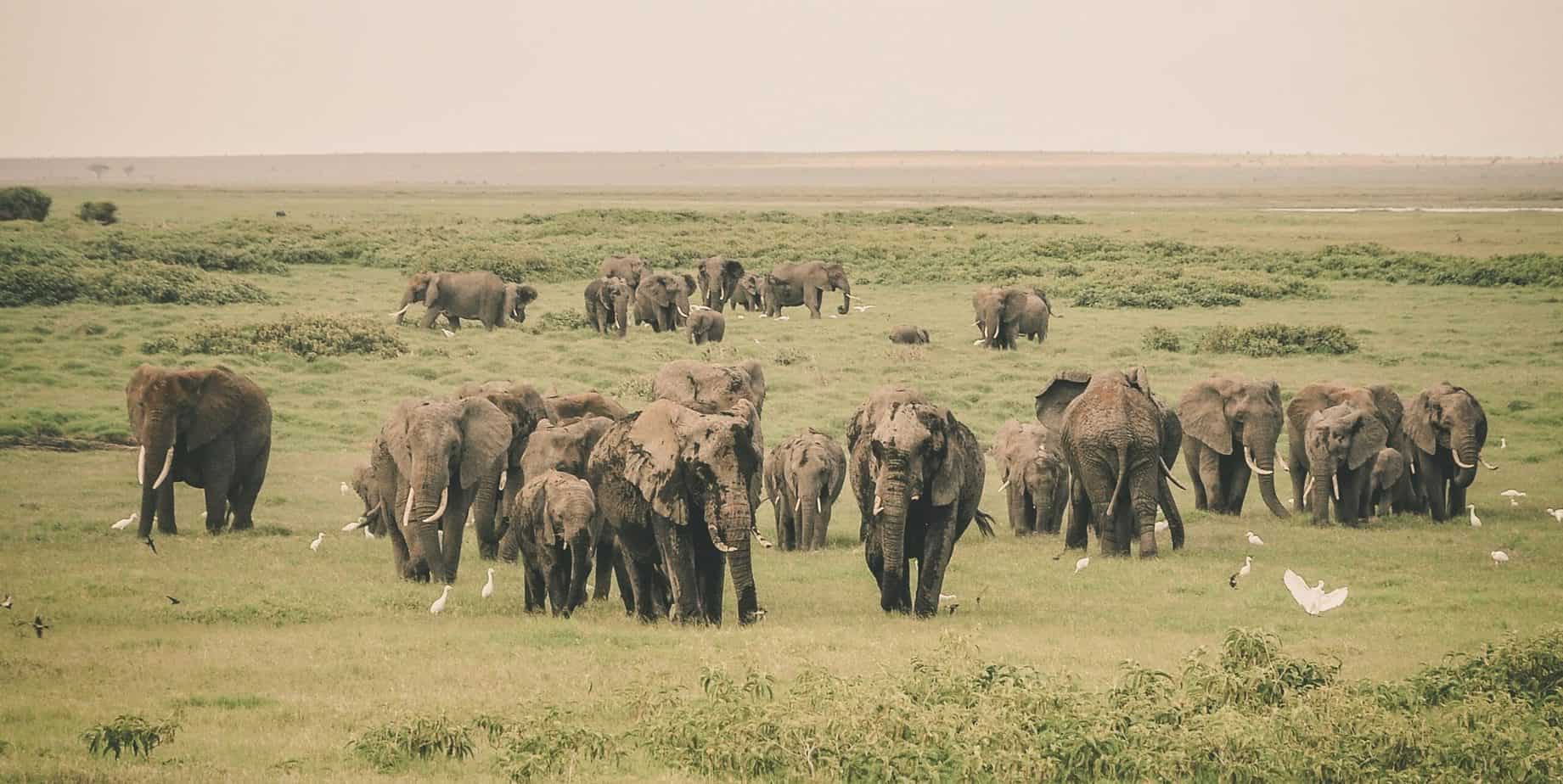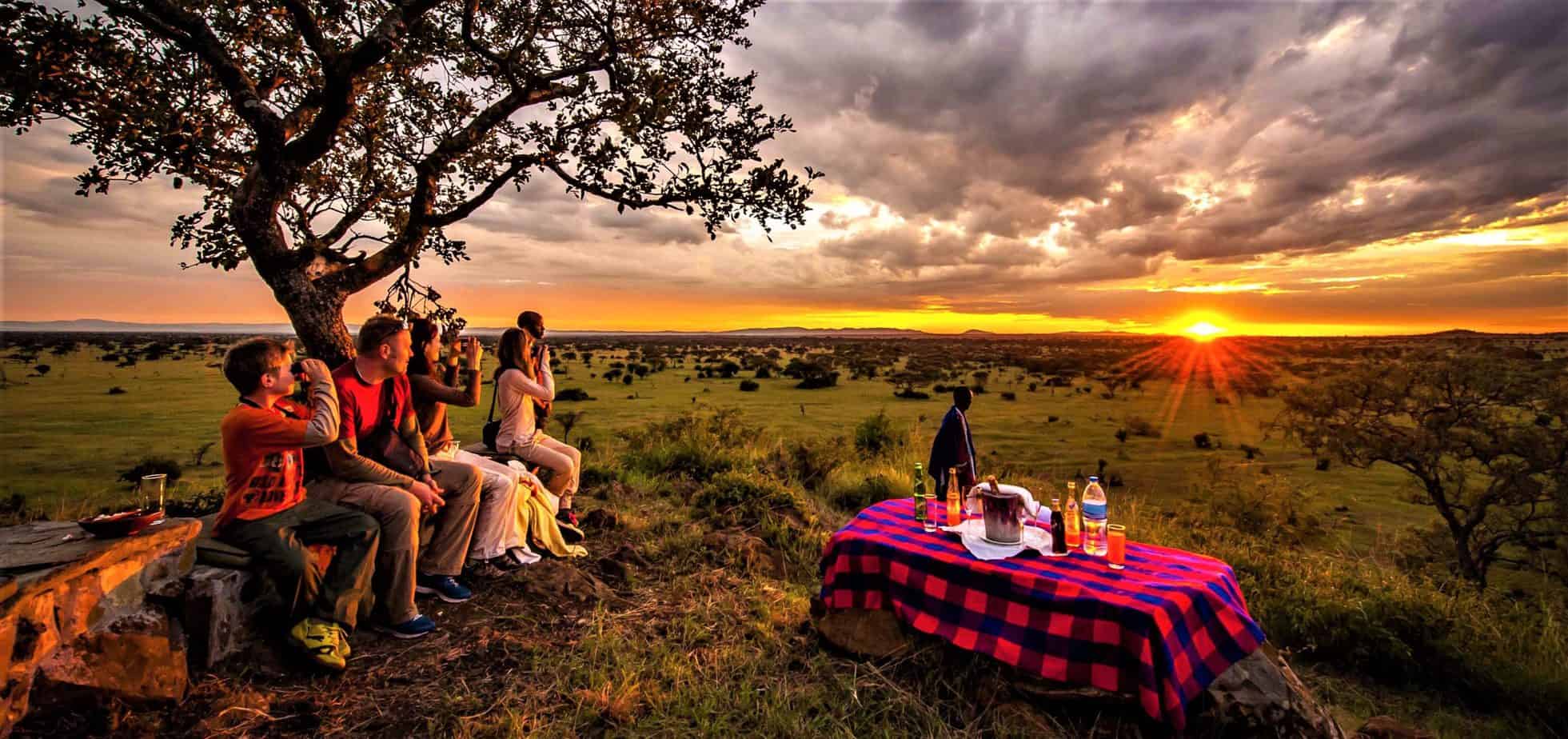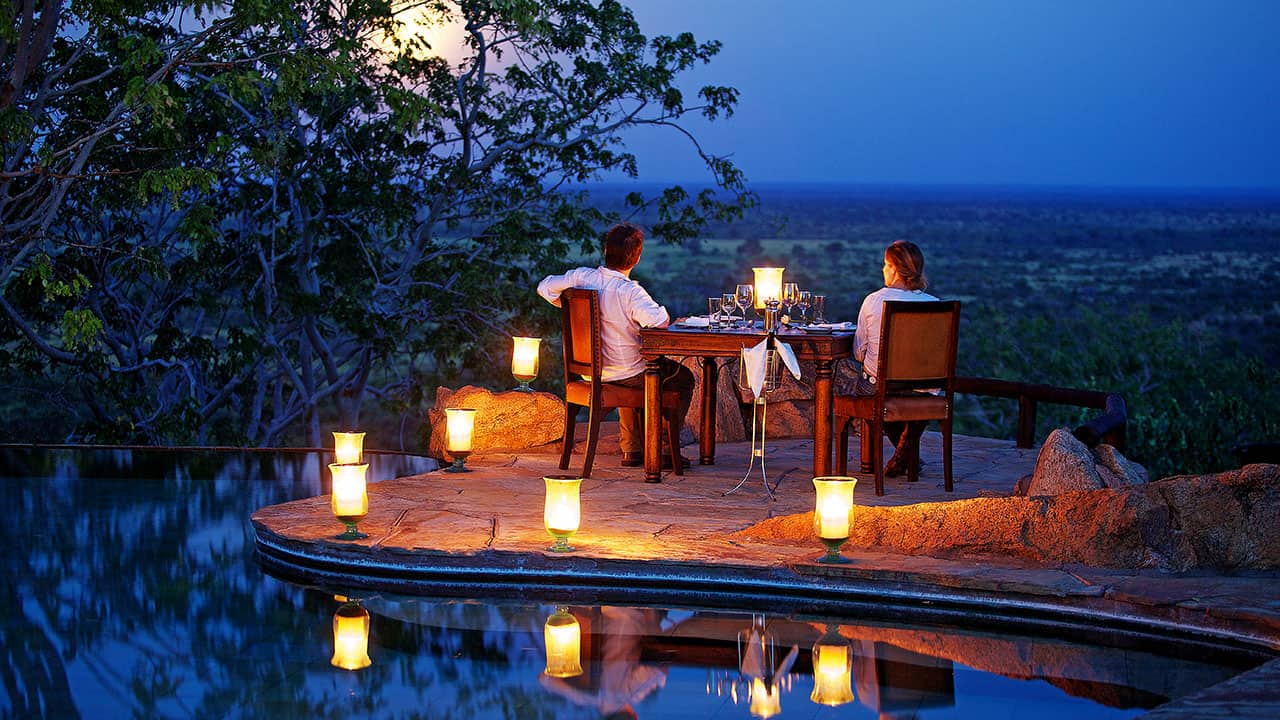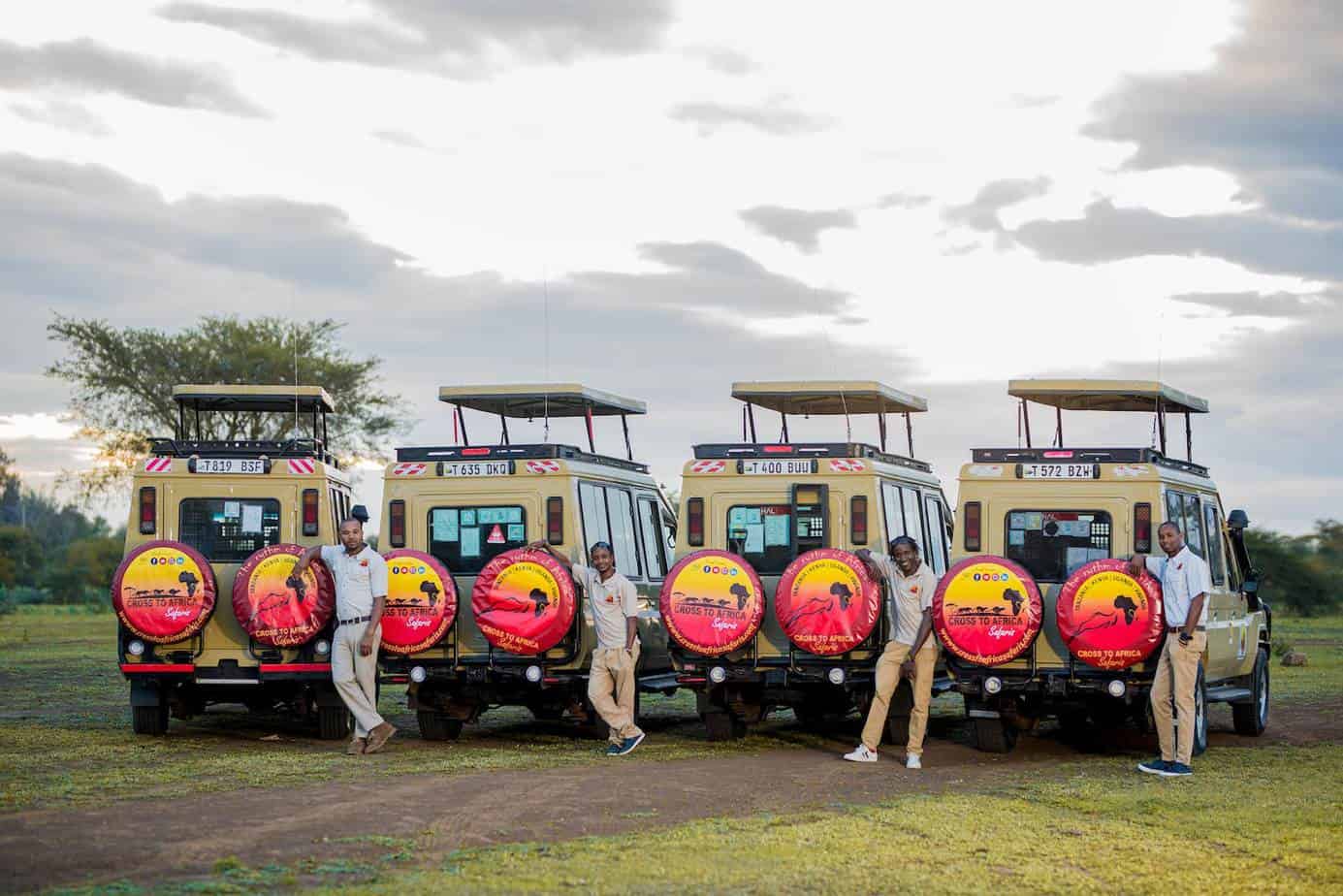Tanzania Destinations Lake Manyara national park
Lake Manyara National Park delivered its name from a plant called Euphorbia tirucalli, known as Emanyara in Maasai language. The Maasai are using this plant to protect their bomas (hedge). The Park was gazette as a National park in 1960 and was declared as Man and Biosphere Reserve in 1981. The park has an area of 648.7 km2 (402 sq miles) of which 262.7 km2 (163 sq miles) is covered by lake and 386 km2 (240 sq miles) is dry land.
The rainfall pattern of the park is bi-modal with short rains starting from November to December and long rains from February to May, dry season is from late June to October, annual mean temperature is 26.50C, average temperature 11.340C and relative humidity ranges from 45%-85%.
Another incentive to visit this park is to see the legendary tree-climbing lions of Lake Manyara. During the wet season, they make their home among the ancient mahogany and exquisite acacias, and they are a well-known but rather rare feature of the northern park. In addition to the lions, the national park is home to the world’s greatest concentration of baboons, which makes for fascinating game viewing of large families of the primates.
Lake Manyara is a picturesque treasure that stretches over 50 kilometers at the base of the rusty-gold 600-meter-high Rift Valley escarpment, with a setting described by Ernest Hemingway as “the loveliest I had seen in Africa.”
Manyara’s small game-viewing circuit is a virtual microcosm of the Tanzanian safari experience.
The road winds through a lush jungle-like groundwater forest from the entrance gate, where hundreds of baboon troops lounge casually along the roadside, blue monkeys scamper nimbly between the ancient mahogany trees, dainty bushbuck tread warily through the shadows, and outsized forest hornbills honk cacophonously in the high canopy.
The grassy floodplain and its broad vistas eastward, over the alkaline lake, to the jagged blue volcanic hills that rise from the limitless Maasai Steppes, contrast with the intimacy of the woodland. Large herds of buffalo, wildebeest, and zebra, as well as giraffes — some of which are so dark in color that they appear black from a distance – assemble on these grassy plains.
Manyara’s famed tree-climbing lions and massively tusked elephants frequent a short area of acacia woodland inland of the floodplain. The small Kirk’s dik-dik forages in the shadow of the acacias, as squadrons of banded mongoose dart between them. In the far south of the park, klipspringer pairs are frequently observed silhouetted on the rocks above a field of scorching hot springs that steams and bubbles near to the lakeshore.
Manyara is an excellent place to start learning about Tanzania’s avifauna. There are over 400 species reported, and even a first-time visitor to Africa may safely expect to see 100 of them in a single day. Thousands of pink-hued flamingos on their annual migration, as well as other huge water birds like pelicans, cormorants, and storks, are among the highlights.






